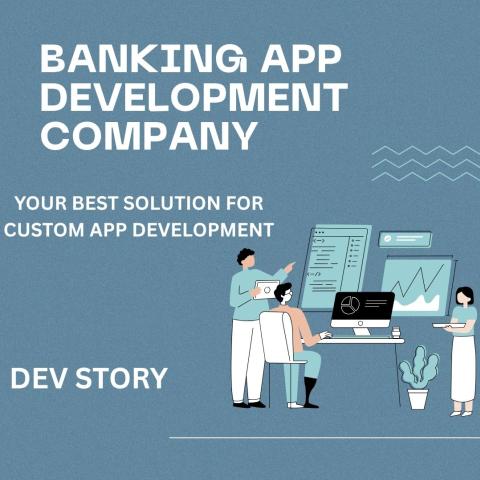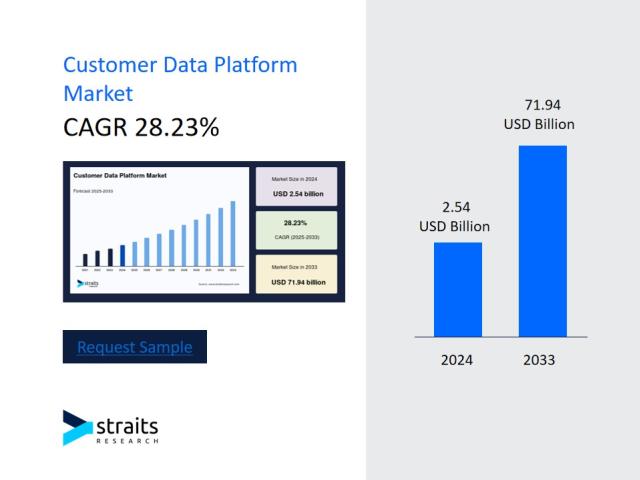Meeting customer expectations has become increasingly complex in today’s era of convenience. Modern customers demand fast, personalized, and seamless services across all communication channels. They expect the ability to move effortlessly between these touchpoints while enjoying a consistent and unified experience.
To deliver on these expectations, financial institutions must adopt omnichannel strategies that integrate all channels into a single, cohesive system. However, implementing such strategies comes with significant challenges, including legacy systems, fragmented processes, and growing cybersecurity concerns.
In this article, we’ll explore the hurdles banks and financial institutions face when adopting omnichannel solutions and share actionable strategies to overcome them. By addressing these challenges, your organization can deliver a truly integrated customer experience and stay ahead in an increasingly competitive market.
A Sneak Peek into the Omnichannel Banking Experience
Omnichannel banking refers to providing a cohesive customer experience across all interaction points—be it physical branches, mobile apps, online platforms, or call centers. It differs from multichannel tactics where all the linked channels work independently, in which, omnichannel banking allows your customers to transition between the various channels without disruption.
For example, a customer may begin a loan application online on your firm’s website, continue processing it on a mobile application, and complete the process at a branch. Their data is available across their physical and virtual banking journey, reducing cases of having to revisit the same channel to perform the same operations. The omnichannel banking platform helps increase convenience, decrease implemental resistance, and improve customer relations.
How to Overcome the Challenges of Implementing Omnichannel Strategies
To adopt an omnichannel retailing strategy, a lot of planning, capital, and cooperation is needed. Here’s how your financial institution can tackle the most common challenges:
1. Fragmented Systems and Data Silos
One of the major challenges facing omnichannel banking is an attempt to connect different systems and eliminate isolated data environments. Quite a number of the existing financial institutions developed traditional banking systems, which are not integrated with innovative solutions.
Solution
You require a comprehensive omnichannel banking solution that serves as the middle layer, incorporates all the required systems, and manages the data exchange between the channels. Middleware, purchasing or APIs are yet another way to link between old systems and current architectures. When you integrate your data, not only does the value of your operation increase but you also get insights into the customers.
2. Ensuring a Consistent User Experience
It is probably not easy to ensure that consumers have similar interactions with the business through various touchpoints and devices.
Solution
Incorporate the culture of focusing on the external customer. Web and app-based solutions, as well as e-wallets, should have simple and recognizable designs and share the same color scheme. Users should ensure that they collect feedback from their customers look for these negative areas and correct them. In addition, make sure that your employees are educating their customers about the services they offer in equal and standard levels across the various channels.
3. Cybersecurity and Data Privacy Concerns
As more and more businesses rely on digital channels, the potential for cybersecurity threats rises too. Users require confidence that their information will be secure when using a service such as an eWallet or internet banking.
Solution
Adopt other high-level security features like the use of end-to-end encryption, two-factor authentication, and fraud check. Moreover, stay compliant with data privacy regulations like GDPR and CCPA. Regular audits and risk assessments can help you identify vulnerabilities and strengthen your defenses proactively.
4. Managing Operational Costs
The initial investment in technology and infrastructure for omnichannel strategies can be substantial, which may deter smaller financial institutions.
Solution
Focus on scalable solutions. Such services as cloud-based platforms help you extend your services with minimal financial investments. Outsourcing similarly by engaging the fintech niche for specific services, such as a eWallet solution can also cut costs while adding value. Ensure that you focus on those aspects that can help you add the most value to your buyers and advance your organizational strategies.
5. Adapting to Changing Customer Expectations
There is always the challenge of shifts in customer values which means there is always a need to align your omnichannel strategy. For instance, the expansion of mobile commerce has turned eWallet solutions into an essential element of a business.
Solution
Be mindful of your competition and consumer preferences by actively updating your business. Ensure that when you are out updating your social media platforms, there are features that will be useful for your customers. Such services as mobile payments and QR code scanning should also help build the more comprehensive transformational banking experience that you offer.
6. Measuring Success and ROI
Determining whether your omnichannel strategy is delivering the desired results can be challenging.
Solution
Prominent KPIs that should be used include customer retention rates, number of transactions, and levels of satisfaction among users. The last step involves tracking the implementation process and use of analytics tools in measuring performance and discovering of realized strengths and weaknesses. To involve them, it is necessary to share these insights with the team and improve strategy for the long term.
Conclusion
Bringing the omnichannel strategy to the financial field is not an easy task, but the advantages are vast to mitigate the difficulties encountered. When adopting an effective omnichannel banking system, incorporating AI technology, embracing eWallet solution, and leading the shift to a transformational banking strategy, your institution can become a determining leader in banking in the digital age.
The move towards an omnichannel experience isn’t a one-time process in which all systems are implemented – it is a journey filled with ongoing advancements and evolutions. But again, there are ways of combating these challenges and even reaching higher levels of customer satisfaction and loyalty. However, for your bank or any financial institution, this change is not a choice but the future.















